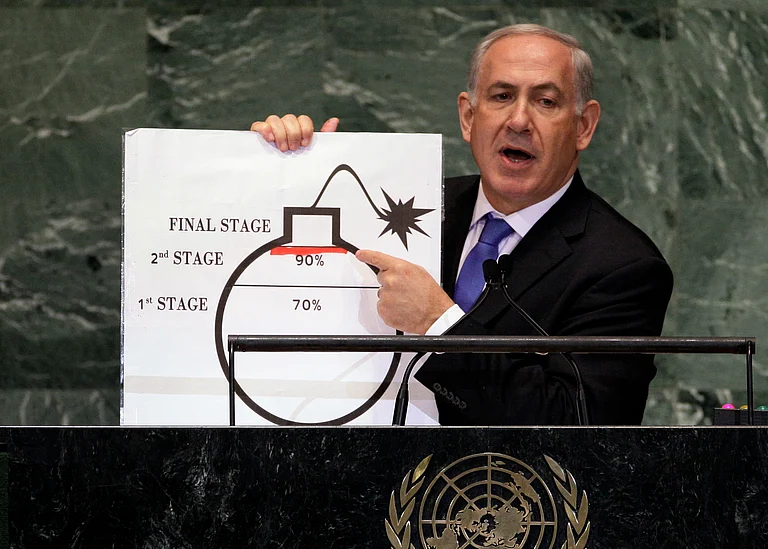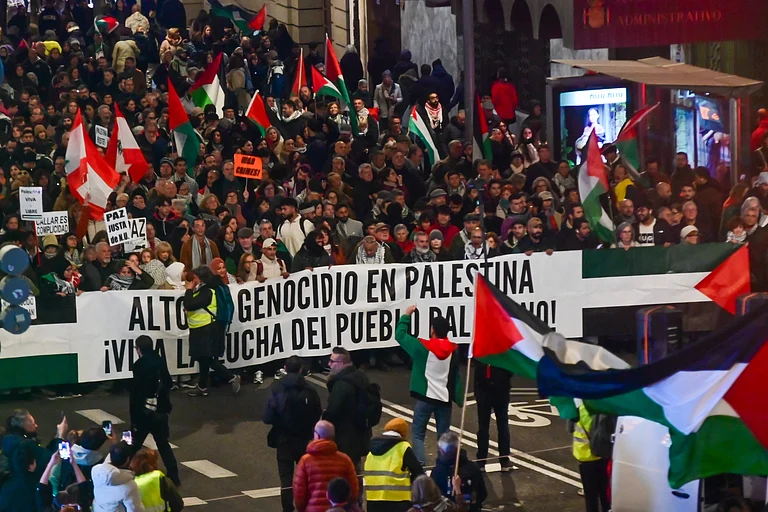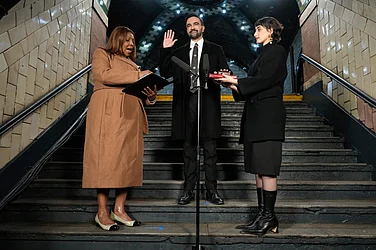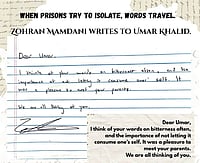Israel PM Benjamin Netanyahu on Thursday rejected Hamas' three-stage ceasefire plan stating that a victory in Gaza was within reach. Hamas had on Thursday proposed a deal spanning 135 days, to put an end to the escalating war. Netanyahu's refusal comes after Hamas laid out a series of demands in response to an Israel-backed ceasefire proposal.
The deal consisted of three phases:
The first phase involved the exchange of hostages, withdrawal of Israeli forces from populated areas, and the start of infrastructure rebuilding in Gaza. In the second phase, Hamas proposed releasing remaining hostages while Israel withdrew from Gaza entirely. Lastly, in the third phase, both sides would exchange the bodies of those who died in the war.
This is not the first time a ceasefire proposal has been turned down since the war began on October 7 last year. Israel has on several occasions made it clear that a ceasefire wasn’t something on their mind, when urged by world leaders and international organisations.
Outlook looks at the many attempts at a ceasefire since the beginning of the war on Gaza.
Ceasefire attempts shut down by Israel
October 31 was the first time when Israel PM Benjamin Netanyahu ruled out a ceasefire in Gaza, declaring this is “a time for war” after Hamas released a video of three captives. One of the three captives in the video criticised the Israel PM for failing to protect Israelis. Speaking to reporters, Netanyahu said that Israel would not agree to a halt in attacks because he believed it would only strengthen Hamas.
It was on November 2 that Israeli army spokesperson Daniel Hagari said that a ceasefire is not on the table and forces have “completed the encirclement of the city of Gaza”. Israel’s announcement came after United States President Joe Biden voiced support for a humanitarian “pause” in fighting to allow the release of captives held by Hamas.
On November 6, 18 leaders of humanitarian organisations jointly issued a rare statement on Sunday, urging a ceasefire in Gaza, according to Al Jazeera. Benjamin Netanyahu dismissed calls for a ceasefire until over 200 Israelis held by Hamas were released.
Israel and Palestine did agree on a temporary truce which lasted from November 24 to December 1, during this period women and children hostages were exchanged and more aid was allowed into Gaza.
On December 21, Netanyahu turned down a proposal from Hamas to stop the fighting and release over 100 captives held by the group. In exchange, Hamas sought the withdrawal of Israeli forces, the release of Palestinian detainees from Israeli prisons, and acknowledgment of Hamas's governance in Gaza.
On December 25, it was Hamas who rejected a ceasefire proposal. The proposal mediated by Egypt wanted Hamas to relinquish power in the Gaza Strip in return for a permanent ceasefire.
According to Associated Press, Benjamin Netanyahu on January 30, rejected two key demands Hamas had made during indirect cease-fire talks. During an event the previous day, Netanyahu had again vowed that the war would not end without Israel’s “absolute victory” over Hamas.
UNGA and UNSC
The UN General Assembly on December 12 voted for a resolution urging an immediate humanitarian ceasefire in Gaza, introduced by Egypt. It also called for the unconditional release of hostages and access to aid for the besieged enclave. The resolution received 153 votes in favour, an increase from a similar measure in October which garnered 121 votes. The United States and Israel were among the 10 countries that voted against it, while 23 abstained.
The UNGA vote followed a UNSC meeting where the US vetoed a resolution for a ceasefire. Out of the fifteen members, thirteen supported the ceasefire, while the UK abstained. UNSC has previously held several similar votes and they have all met the same fate.
Another UNSC vote which was due on December 18, has been delayed to give more time for diplomats to meet US objections to the wording of the draft resolution. US said it could not support a reference to a “cessation of hostilities”, but might accept a call for a “suspension of hostilities”.
United Nations Secretary General’s role in the ongoing war
UN Secretary-General Antonio Guterres has repeatedly called for a ceasefire right from the initial stages of the conflict, yet the hostilities continue without any successful resolution.
Guterres called for an “immediate” ceasefire in the war on Gaza on October 18, a day after Israeli forces bombed a hospital in Gaza killing at least 500 people. In his statement, he said that attacks by Hamas did not justify the “collective punishment” of the Palestinian people.
In a historic move, Antonio Guterres invoked Article 99 of the UN charter to urge an immediate end to the war. Under Article 99, “The Secretary-General may bring to the attention of the Security Council any matter which in his opinion may threaten the maintenance of international peace and security.”
UN Spokesperson Stéphane Dujarric said the UN chief was taking the step “given the scale of the loss of human life in Gaza and Israel, in such a short amount of time”.
Israel was particularly outraged by the secretary-general’s letter invoking Article 99, calling it a “biased step” against the country and that “Guterres’s tenure is a danger to world peace.”
Ceasefire calls by other countries
Israel’s escalating war on Gaza has raised concerns among world leaders. While some have been active in trying to bring the hostilities to an end from the very start, others have maintained a diplomatic stance regarding their position on the war.
Egypt was one of the first countries to call for peace in an international conference on October 21.
Following Gaza’s bloodiest night on October 23, United States President Joe Biden, the leaders of Canada, France, Germany, Italy, the UK issued a joint statement on their commitment to use diplomatic efforts for “durable peace” and prevent the conflict from spilling over in the region.
China said it would do whatever was needed for a ceasefire and would continue to provide humanitarian aid to Palestinians.
As the war progressed, the call for a ceasefire grew stronger. Indonesian President Joko Widodo, Saudi Arabia and Malaysia defence ministers, Pope Francis, Jordanian and Egyptian leaders all joined in urging an end to the hostilities.
On November 20, French President Emmanuel Macron told Netanyahu that there had been “too many civilian losses” in Gaza and urged him to consider an “immediate humanitarian truce leading to a ceasefire”.
It was the leaders of Qatar and Egypt who successfully mediated talks between Israel and Hamas, resulting in an agreement on the temporary humanitarian truce.
However, the truce only lasted until December 1, following which the fighting resumed. On December 6, the leaders of six Gulf countries and Turkey convened in Qatar to address the Israel-Gaza conflict. Emir Sheikh Tamim bin Hamad Al Thani of Qatar advocated for a permanent ceasefire and criticised the international community for “turning their back” on the Palestinian people.
In a joint statement released on January 11, India and the United Arab Emirates joined the countries calling for a ceasefire in Gaza. In the statement, Modi and his UAE counterpart Sheikh Mohamed bin Zayed Al Nahyan “called for collective action to promote a just, rules-based global order.”


























